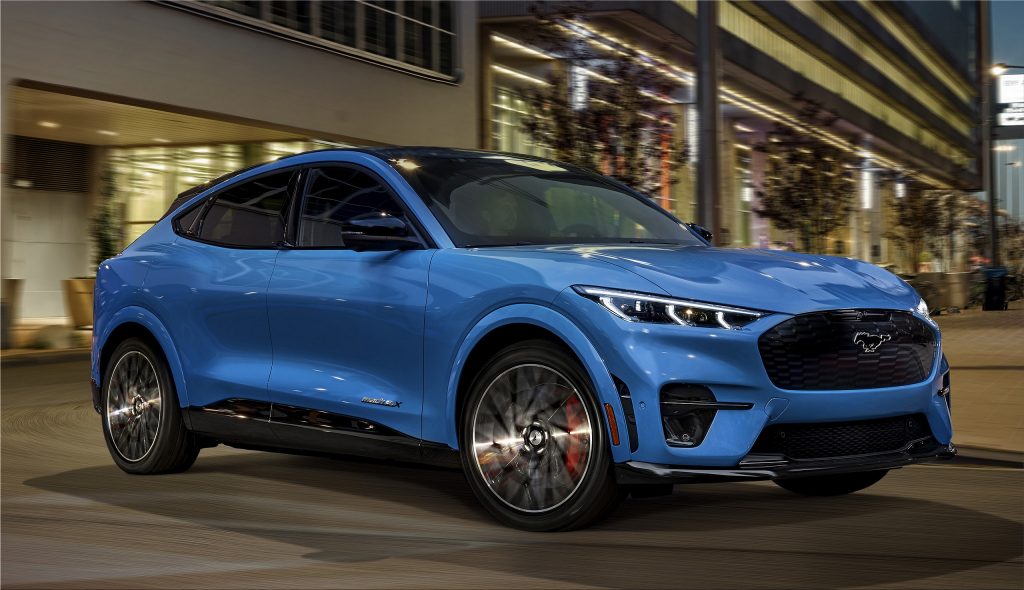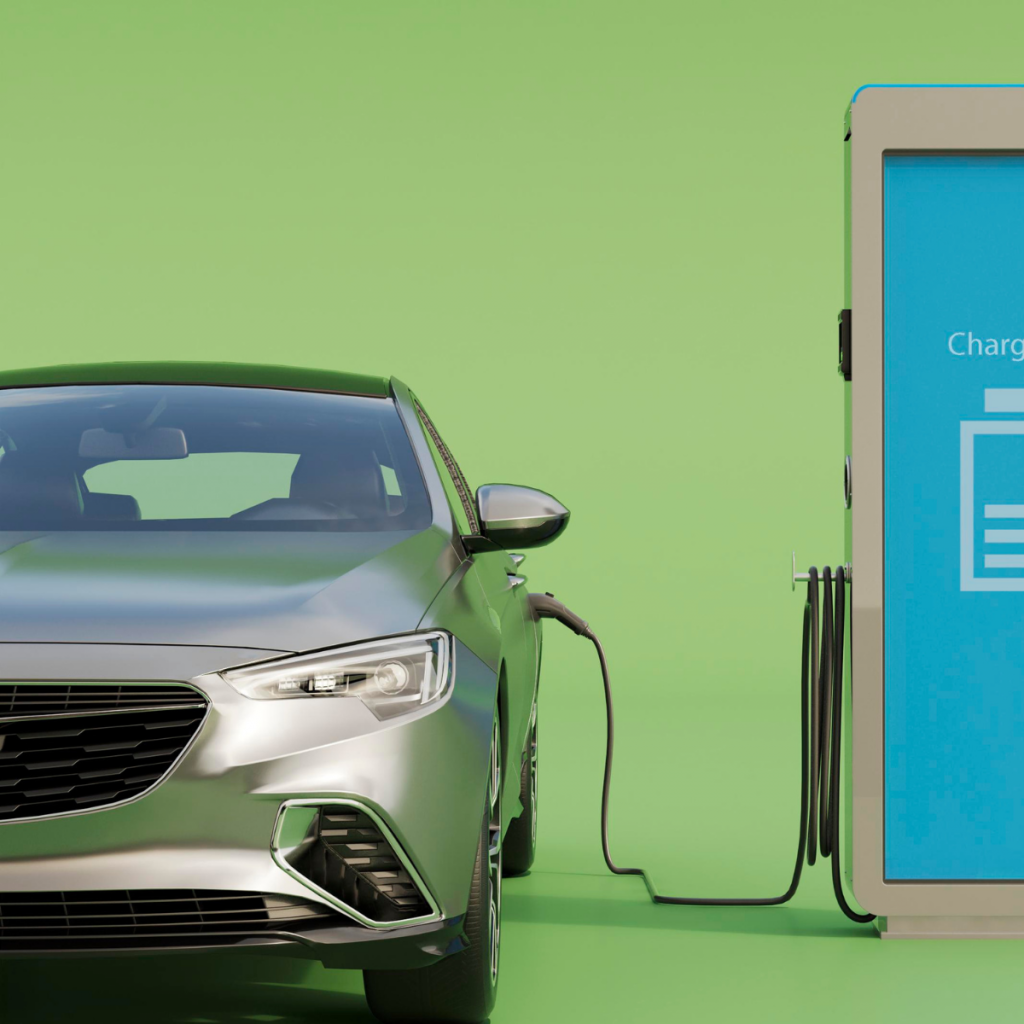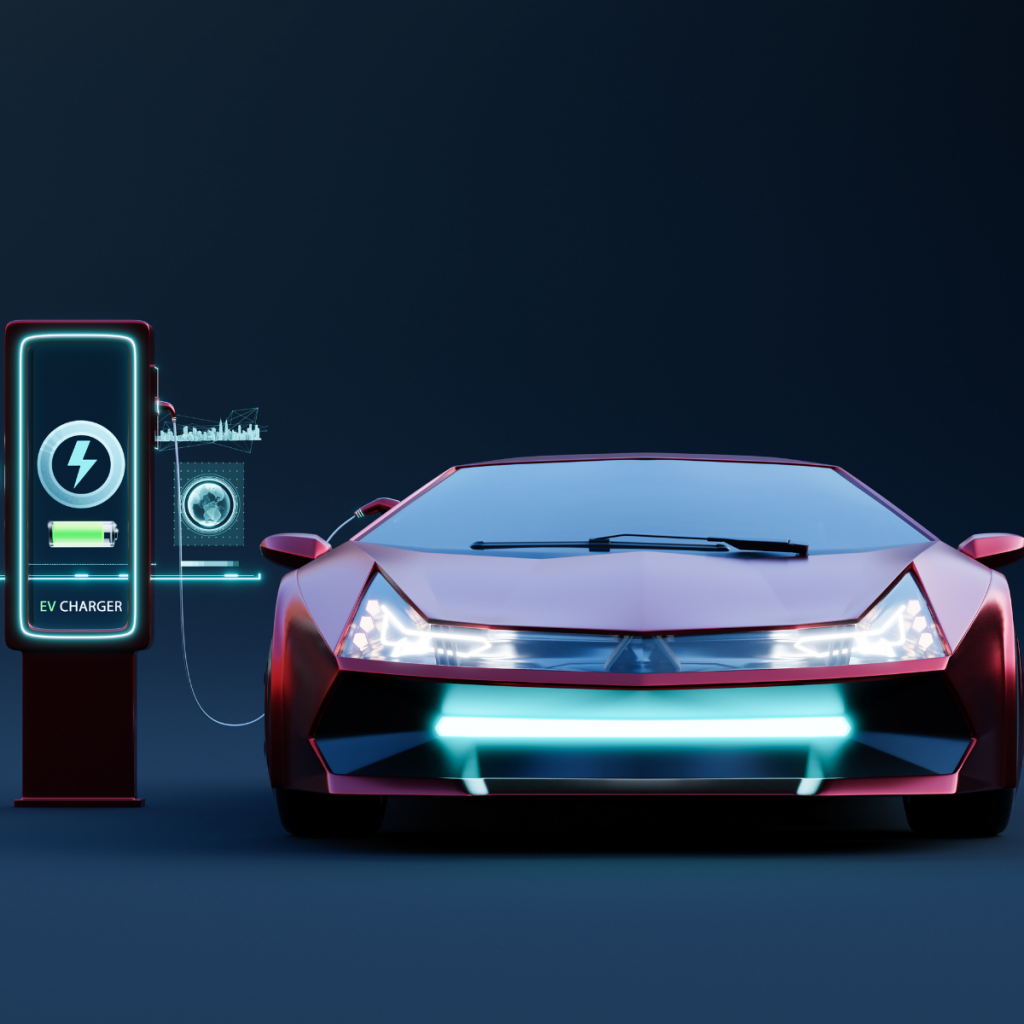Electric vehicles (EVs) have become a game-changer in the automotive industry, offering a cleaner, more efficient alternative to traditional gasoline-powered cars. As cities around the world face increasing challenges related to traffic congestion and air pollution, EVs have emerged as a promising solution to address these issues. By reducing the environmental impact and offering sustainable mobility, electric cars are contributing to a cleaner, healthier urban future. This article will explore how electric vehicles are helping to reduce congestion and pollution in cities, and why they are the future of urban mobility.
The Impact of Urban Congestion on Daily Life

Urban congestion has become a major issue in cities worldwide, leading to longer commute times, stress, and decreased quality of life. Traffic jams not only waste time but also contribute significantly to air pollution and greenhouse gas emissions. In many densely populated urban areas, traditional internal combustion engine vehicles are responsible for a large percentage of traffic emissions. As a result, finding ways to reduce congestion and improve air quality has become a critical priority for city planners and governments.
How Electric Cars Help Alleviate Traffic Congestion
Electric vehicles offer a significant advantage when it comes to reducing congestion. While the primary focus of EVs is environmental sustainability, they also help to alleviate traffic gridlock in several ways.
1. Quiet Operation and Reduced Noise Pollution
One of the most noticeable benefits of electric cars is their silent operation. Unlike traditional vehicles that generate noise through the engine and exhaust systems, EVs produce very little noise. This contributes to a quieter, more peaceful urban environment, especially in areas with heavy traffic. By reducing noise pollution, electric vehicles make it easier for cities to manage high traffic volumes without creating additional environmental stress.
2. Incentives for EV Use and Dedicated Lanes
Many cities are now offering incentives for electric car owners, including access to carpool lanes and reduced tolls. These measures encourage more people to choose electric vehicles, reducing the number of gasoline-powered cars on the road. With fewer traditional vehicles, congestion decreases, making traffic flow more smoothly. Additionally, some cities are investing in dedicated lanes for electric cars, further improving traffic management and reducing delays.
3. Smart Traffic Management Systems
Electric vehicles are often equipped with advanced technologies such as GPS, connectivity, and real-time data sharing. These features allow EVs to communicate with smart traffic management systems in cities, enabling better traffic flow. With the ability to receive real-time updates on traffic conditions, electric car drivers can take alternative routes, avoiding congested areas and helping reduce overall traffic buildup.
Electric Cars and Pollution Reduction
In addition to reducing congestion, electric vehicles play a crucial role in decreasing urban air pollution. Traditional vehicles running on fossil fuels emit harmful pollutants such as carbon dioxide (CO2), nitrogen oxides (NOx), and particulate matter. These pollutants contribute to smog, respiratory issues, and climate change. By switching to electric vehicles, cities can significantly lower their carbon footprint and improve air quality.
1. Zero Emissions
One of the primary advantages of electric vehicles is their zero-emission operation. Unlike gasoline-powered cars, which emit harmful pollutants through their tailpipes, electric vehicles produce no exhaust emissions. This helps to reduce the levels of CO2 and other greenhouse gases in the atmosphere, contributing to a cleaner environment.
2. Renewable Energy Integration
Electric cars can also be powered by renewable energy sources such as solar, wind, and hydroelectric power. As the global shift toward renewable energy continues, EVs can be charged with clean electricity, further reducing the environmental impact of transportation. This creates a circular system where both the vehicle and the energy source are sustainable, minimizing the reliance on fossil fuels and their associated emissions.
3. Energy Efficiency
Electric vehicles are generally more energy-efficient than traditional gasoline-powered cars. They convert a higher percentage of energy from their battery into motion, whereas internal combustion engines waste much of the energy produced in the form of heat. As a result, EVs require less energy to travel the same distance, further reducing their environmental impact.
Urban Mobility and the Future of Electric Vehicles
As cities continue to grow and populations increase, urban mobility will need to evolve. Electric vehicles are poised to play a key role in shaping the future of transportation, providing a more sustainable, efficient, and affordable solution for urban dwellers.

1. Shared Mobility and Carpooling
Shared mobility services such as electric car-sharing and carpooling are becoming increasingly popular in urban areas. These services allow individuals to access electric vehicles without the need to own one, reducing the number of cars on the road. By using shared electric vehicles, urban residents can contribute to reducing traffic congestion, pollution, and the overall environmental footprint of transportation.
2. Integration with Public Transportation
Electric cars are also being integrated into public transportation networks. Many cities are introducing electric buses, trams, and even taxis as part of their effort to reduce pollution and improve mobility. By combining electric vehicles with existing public transit systems, cities can offer seamless, eco-friendly transportation options for their residents. This holistic approach to urban mobility helps reduce dependence on personal vehicles, lowering congestion and environmental impact.
3. Autonomous Electric Vehicles
The future of urban mobility also includes the rise of autonomous vehicles, many of which are electric. Self-driving electric cars have the potential to revolutionize urban transportation by optimizing traffic flow and reducing the need for parking spaces. Autonomous EVs could communicate with each other and traffic management systems to create a more efficient and streamlined transportation network. As autonomous technology advances, electric vehicles will play a central role in shaping the cities of tomorrow.
The Role of Governments and Policies
Governments around the world are recognizing the need to transition to cleaner, more sustainable transportation options. Many countries have introduced policies and incentives to promote the adoption of electric vehicles, including tax credits, rebates, and subsidies for EV purchases. Additionally, some governments are implementing stricter emission standards for traditional vehicles, further encouraging the shift toward electric mobility.

1. Investment in EV Infrastructure
To support the widespread adoption of electric vehicles, governments are also investing heavily in EV charging infrastructure. The expansion of public charging stations makes it easier for drivers to charge their vehicles, ensuring that EVs remain a convenient and viable option for urban residents. With more charging stations available, people are more likely to make the switch to electric cars, contributing to reduced congestion and pollution in urban areas.
2. Urban Planning and Green Spaces
In addition to supporting electric vehicle adoption, governments are also focusing on creating more sustainable cities. This includes promoting green spaces, investing in public transportation, and improving overall urban planning. By prioritizing sustainability and green initiatives, cities can become more livable and resilient in the face of growing populations and climate change.
Conclusion: The Future of Urban Mobility
Electric vehicles are undeniably a key component of the future of urban mobility. As cities continue to face challenges related to traffic congestion and pollution, EVs offer a sustainable, efficient solution to these issues. By reducing emissions, promoting shared mobility, and integrating EVs into public transportation networks, cities can create cleaner, greener, and more connected urban environments. With government support and ongoing technological advancements, electric cars will continue to play a pivotal role in shaping the future of urban transportation. Embracing electric vehicles is not just a smart choice—it’s an essential step toward a more sustainable and livable future for all.

Leave a Reply